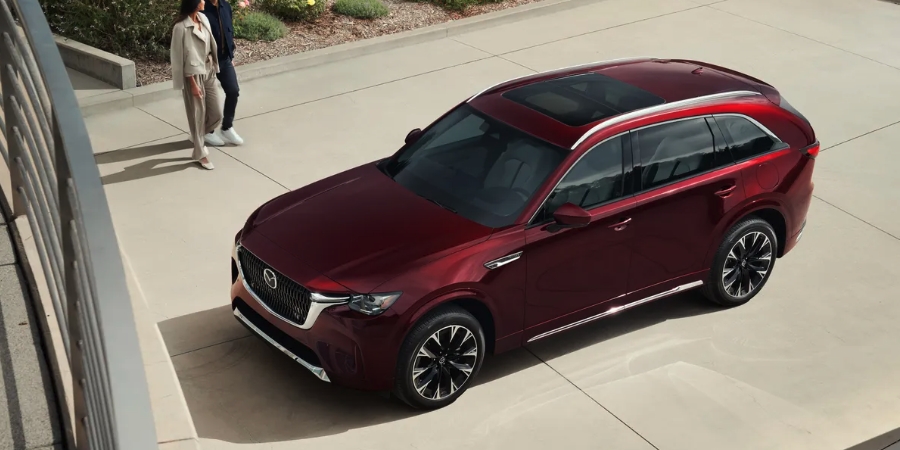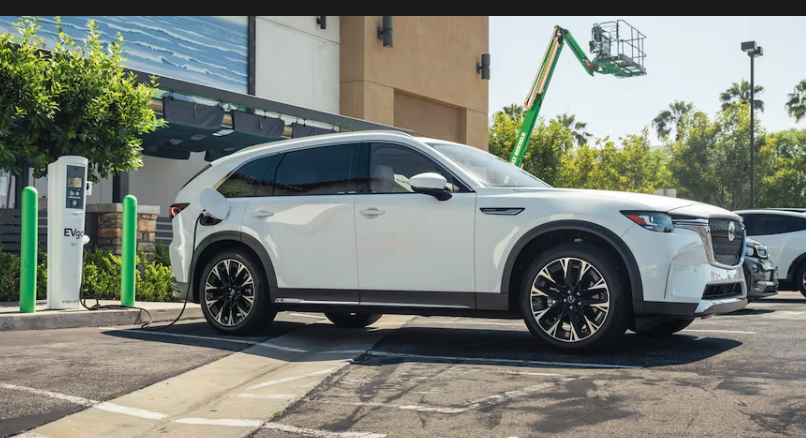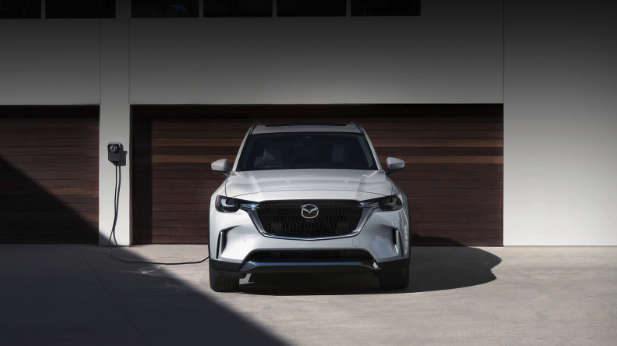
Brief History Of Electric Vehicles And Hybrids:
Electric vehicles (EVs) trace their roots back to the early 19th century when inventors began experimenting with battery-powered propulsion systems. In 1828, Hungarian engineer Ányos Jedlik created a small-scale carriage model propelled by a simple electric motor. However, it was not until the late 19th and early 20th centuries that practical EVs started to emerge. Thomas Parker, a British inventor, is credited with building one of the first electric vehicles capable of carrying passengers in 1889. The turn of the 20th century saw EVs gaining traction, particularly in urban areas, due to their clean and quiet operation. Yet, the mass production and affordability of gasoline-powered cars, coupled with improvements in internal combustion engine technology, eventually overshadowed electric vehicles.
Hybrid vehicles, which combine an internal combustion engine with an electric motor, were conceptualized and developed in the late 19th and early 20th centuries as well. In 1900, Ferdinand Porsche, the renowned automotive engineer, created the Lohner-Porsche Mixte, a hybrid vehicle that utilized electric motors in the wheel hubs for propulsion. This innovative design marked a significant step in hybrid vehicle development. However, it was in the late 20th century that hybrids gained significant attention and adoption.

Why Choose Fully Electric?
Fully electric vehicles (EVs) rely on advanced battery technology to power their electric motors and propel the vehicle. These batteries are typically lithium-ion (Li-ion) batteries, known for their high energy density, reliability, and longevity. At the core of an EV battery pack are multiple individual cells connected in series and parallel configurations to achieve the desired voltage and capacity.
The basic principle of how EV batteries work involves the movement of ions between the positive and negative electrodes within each cell. When the EV is plugged in to charge, electrical energy from the grid is used to move lithium ions from the positive electrode (anode) to the negative electrode (cathode) through an electrolyte solution. This process is known as charging or "discharging" the battery in reverse. During this phase, energy is stored within the battery as chemical potential energy.
When the EV is in motion and needs to power the electric motor, the lithium ions flow from the negative electrode to the positive electrode through an external circuit, releasing stored energy in the form of electricity. This electricity is then used to drive the electric motor, which, in turn, propels the vehicle forward. This discharge process is what provides the energy needed for the vehicle to move.
To ensure safe and efficient operation, EV batteries are equipped with sophisticated battery management systems (BMS). These systems monitor and manage factors like temperature, voltage, and state of charge for each cell to optimize performance and extend the battery's lifespan. Additionally, modern EVs often feature regenerative braking systems, which capture and convert kinetic energy back into electrical energy during braking, further enhancing energy efficiency.
• Zero Emissions:
EVs produce no tailpipe emissions, contributing to cleaner air and reducing greenhouse gas emissions, whereas hybrids still rely on an internal combustion engine for some propulsion.
• Lower Operating Costs:
EVs have fewer moving parts and require less maintenance than hybrids due to the absence of an internal combustion engine, resulting in lower long-term operating costs.
• Quiet Operation:
EVs run virtually silently, providing a quieter and more peaceful driving experience compared to hybrids, which often switch between electric and gasoline modes.
• Energy Efficiency:
EVs tend to be more energy-efficient as they can convert a higher percentage of the electrical energy from the grid into vehicle propulsion, whereas hybrids lose some energy in the process of converting between gasoline and electric power.
• Instant Torque:
Electric motors in EVs provide instant torque, delivering swift acceleration and a responsive driving experience, which may surpass the performance of many hybrids.

Why Choose Hybrid?
Hybrid electric vehicle (HEV) batteries play a pivotal role in the operation of these vehicles by providing energy to support both the internal combustion engine (ICE) and the electric motor. Typically, HEVs use a type of battery called a nickel-metal hydride (NiMH) or increasingly, lithium-ion (Li-ion) battery pack. These batteries are designed to store electrical energy and release it when needed to assist in propulsion.
In an HEV, the battery pack is charged through regenerative braking and sometimes by the ICE itself. When the vehicle decelerates or brakes, the electric motor operates in reverse, acting as a generator to convert some of the kinetic energy back into electrical energy, which is then stored in the battery. During acceleration or when additional power is required, such as climbing hills or passing, the electric motor supplements the ICE, drawing energy from the battery pack. This allows the vehicle to operate more efficiently by utilizing electric power during low-load situations and combining it with the gasoline or diesel engine's power when needed.
HEV batteries are designed with longevity and reliability in mind, using sophisticated management systems to control the state of charge and prevent overcharging or deep discharging, which can reduce the battery's lifespan. These management systems ensure that the battery remains within an optimal operating range, extending its usable life
As battery technology continues to evolve, many newer hybrid vehicles are transitioning to lithium-ion batteries due to their higher energy density, lighter weight, and improved performance. Overall, HEV batteries contribute to reduced fuel consumption and lower emissions, making hybrid electric vehicles an environmentally and economically attractive choice for many consumers.
• Range Anxiety:
One of the primary concerns with EVs is range anxiety, the fear of running out of battery power before reaching a charging station. Hybrids do not suffer from this issue because they have a gasoline or diesel engine as a backup power source, providing peace of mind for longer trips.
• Convenience:
Hybrids do not require as much planning when it comes to charging. You can fill up the gas tank at any gas station, just like a traditional vehicle, making them more versatile for long journeys or remote areas without reliable charging infrastructure.
• Quicker Refueling:
Filling up a hybrid's gas tank is typically quicker than charging an EV battery, which can take anywhere from minutes to hours, depending on the charging station and the vehicle's battery capacity.
• Lower Purchase Price:
In many cases, hybrids are less expensive to purchase than EVs with similar features and specifications. This lower upfront cost can make them more accessible to a broader range of consumers.
Currently, Mazda offers a plug-in hybrid as part of its electrification efforts, but it is actively expanding its lineup to include fully electric vehicles (EVs) in response to the growing demand for sustainable transportation options. To stay updated on Mazda's latest developments in the EV segment and explore their new offerings, you can visit Tustin Mazda, a reputable dealership known for our commitment to providing cutting-edge automotive solutions and exceptional customer service. As Mazda embraces the electric future, Tustin Mazda will be your destination to explore and purchase their innovative EVs, combining style, performance, and eco-conscious technology.